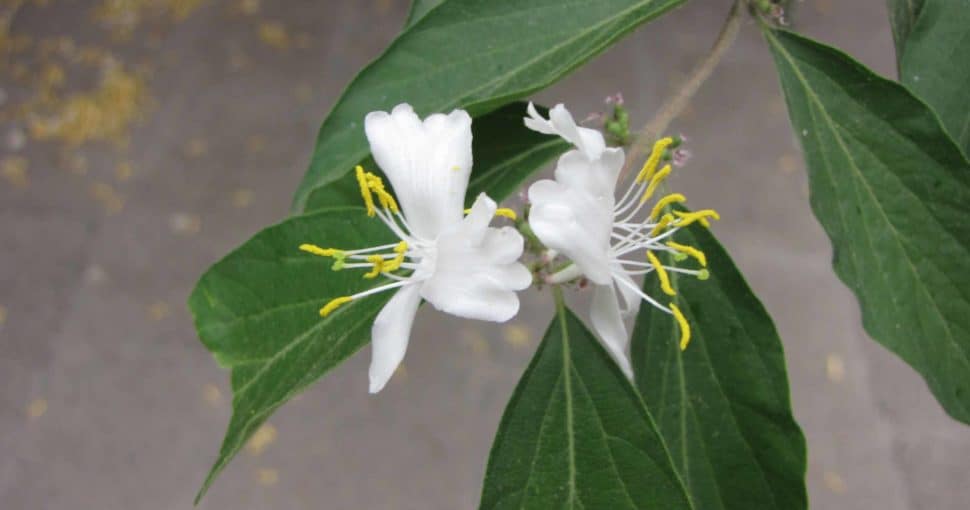West Virginia is a great area to get in tune with nature because of its lush forests, rivers, and plentiful plant life. Trails crisscross the state, giving nature-lovers a chance to get out and experience the great outdoors. A basic understanding of the state’s flora is essential for anyone venturing out into West Virginia’s extensive wilderness. Even if these native plants are stunning, it’s sometimes preferable to admire them from a distance.
Contents
- 1. Poison Ivy (Toxicodendron Radicans)
- 2. Poison Hemlock (Conium Maculatum)
- 3. Common Moonseed (Menispermum Canadense)
- 4. Canadian Wood Nettle (Laportea Canadensis)
- 5. Jimsonweed/Devil’s Weed (Datura Stramonium)
- 6. Giant Hogweed (Heracleum Mantegazzianum)
- 7. Azaleas (Rhododendron)
- 8. Caladium (Caladium x Hortulanum)
- 9. Bush Honeysuckles (Lonicera Maackii)
- 10. European Privet (Ligustrum Vulgare)
- 11. Japanese Barberry (Berberis Thunbergii)
- 12. Larkspur (Delphinium)
- 13. White Baneberry (Actaea Pachypoda)
- 14. White Snakeroot (Ageratina Altissima)
When poisonous plants are consumed, the symptoms might vary from skin rashes to more serious consequences, based on the quantity consumed and the manner in which the poisoning happened. Poisonous plants are a danger both indoors and out, and they should be avoided. When you see a poisonous plant, do not attempt to destroy it with fire. When hazardous plants are burned, the toxins released by the smoke spread throughout the environment.
Anyone who comes into contact with any of this smoke runs the risk of putting themselves in a very perilous scenario. If you come into contact with a dangerous plant during a trek or camping trip, immediately go to the nearest restroom and thoroughly wash the area with soap and water.
Here is a list of 14 poisonous plants in West Virginia:
1. Poison Ivy (Toxicodendron Radicans)
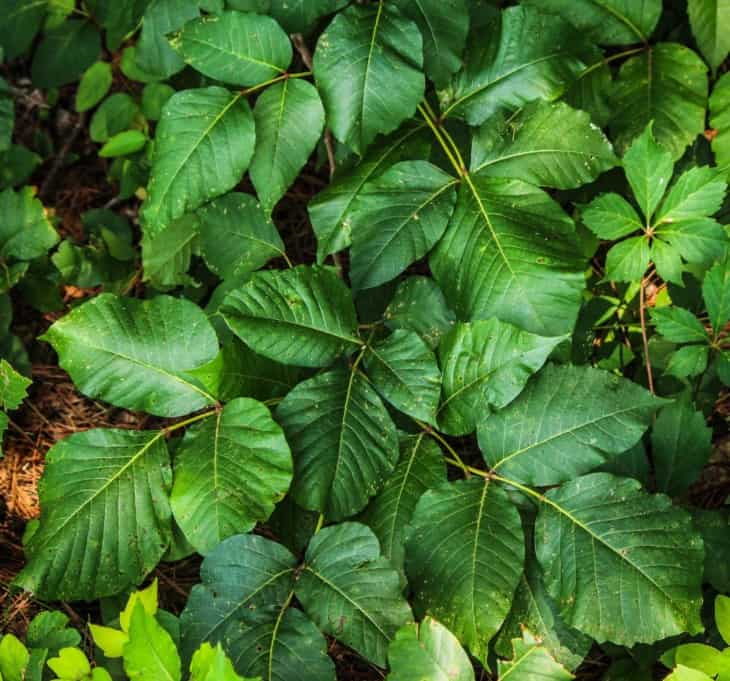
In the spring and summer, poison ivy produces white berries that look like little berries. The entire plant is toxic to the touch. An itchy, red rash appears when this plant comes into contact with the skin. A trip to West Virginia will be ruined by poison ivy, even if the symptoms vary for each person.
2. Poison Hemlock (Conium Maculatum)
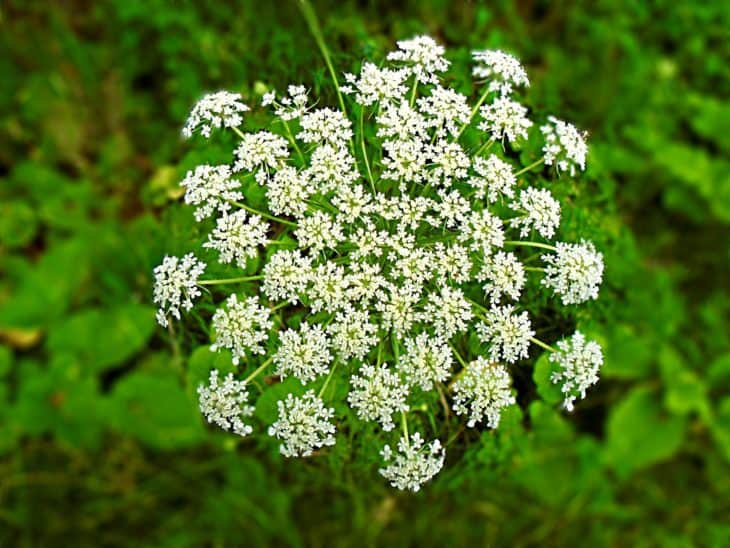
It’s not a good idea to get your hands on Poison Hemlock, as the name implies. A small bit of the leaves, even if accidentally swallowed, can be fatal. If you merely touch it, it can produce a rash. The chemicals in it are also dangerous to cattle. Poison hemlock, which can be found growing wild throughout the Appalachian Mountains, resembles Queen Anne’s Lace.
3. Common Moonseed (Menispermum Canadense)
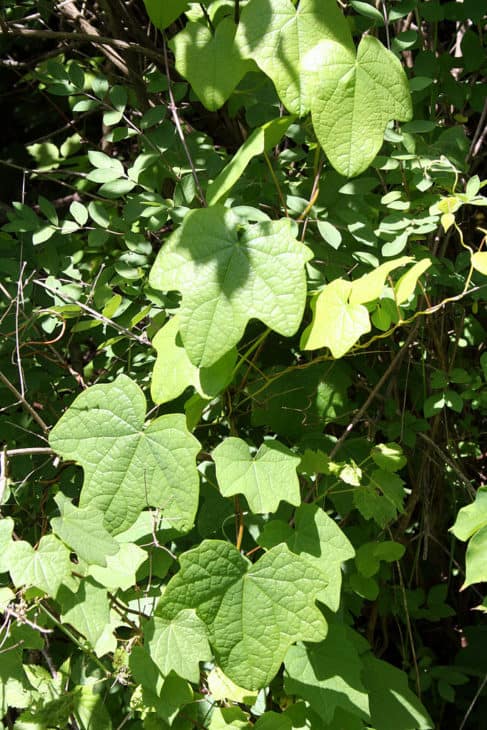
Despite the fact that it appears to be no different from any other plant, the Common moonseed is extremely dangerous. It contains a plant toxin known as dauricine, which can be found in the plant’s fruits, stems, foliage, and flowers, among other parts of the plant. Dauricine can induce cardiac difficulties that can result in heart failure and death if not treated promptly.
4. Canadian Wood Nettle (Laportea Canadensis)
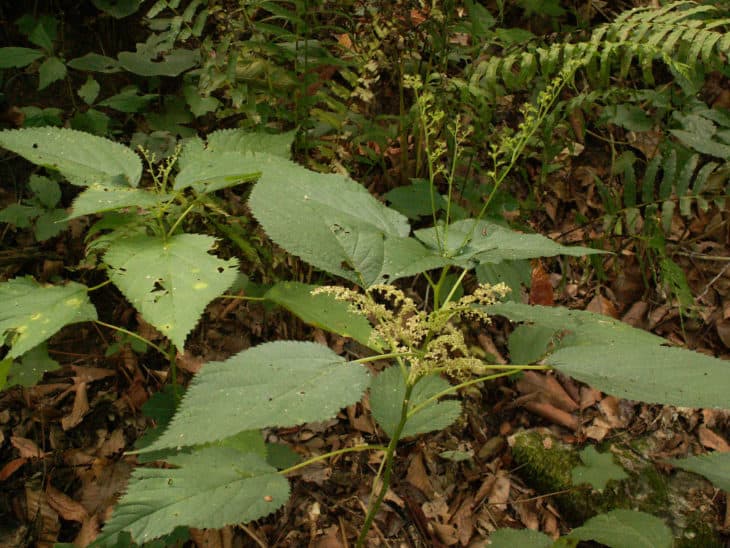
Relatives Toxic plants such as wood nettle and stinging nettle can be found in West Virginia more frequently. Wood nettles are found in densely wooded places, therefore its name. Small hairs fall into the skin as they touch wood nettle’s leaves. These hairs contain a chemical concoction. An hour-long burning and itching sensation is caused by the consumption of these substances.
5. Jimsonweed/Devil’s Weed (Datura Stramonium)
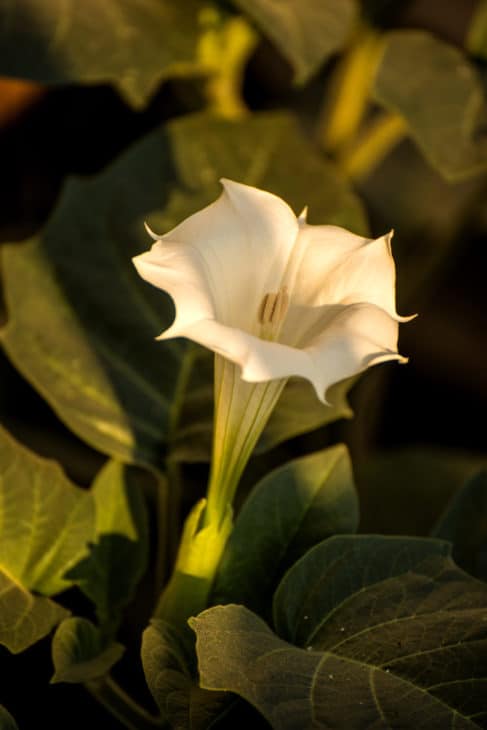
It is possible to become jimsonweed poisoned if you drink the plant’s juice or consume its seeds. The leaves can also be used to make tea, which can make you sick if you consume it. When consumed orally or smoked, jimson weed is extremely dangerous; it can induce a variety of toxic symptoms, including dry mouth and intense thirst, eye problems, vomiting and diarrhea, rapid heart rate, seizures, high fever, unconsciousness, breathing difficulties, and death.
6. Giant Hogweed (Heracleum Mantegazzianum)
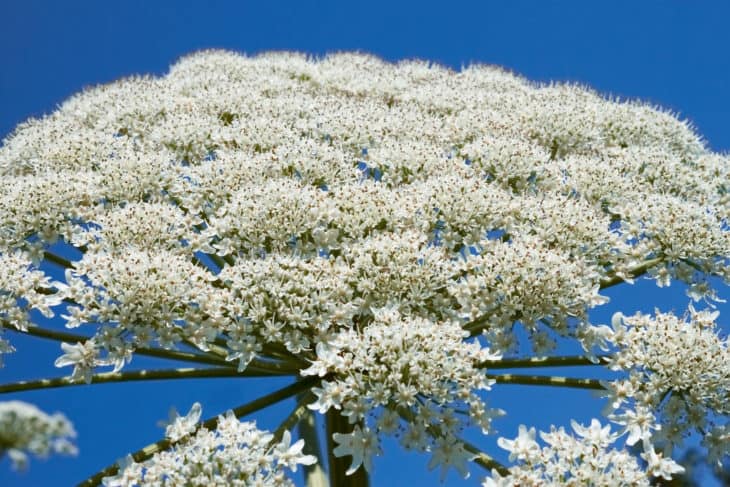
The news that enormous hogweed has expanded to the Mid-Atlantic has sparked a lot of fear. Do not come into contact with any part of this plant because the sap carries a blistering chemical called furocoumarin. Giant hogweed is the worst kind of plant. Your eyes could be permanently damaged if the sap gets into our eyes, and blistering can be extremely painful.
7. Azaleas (Rhododendron)
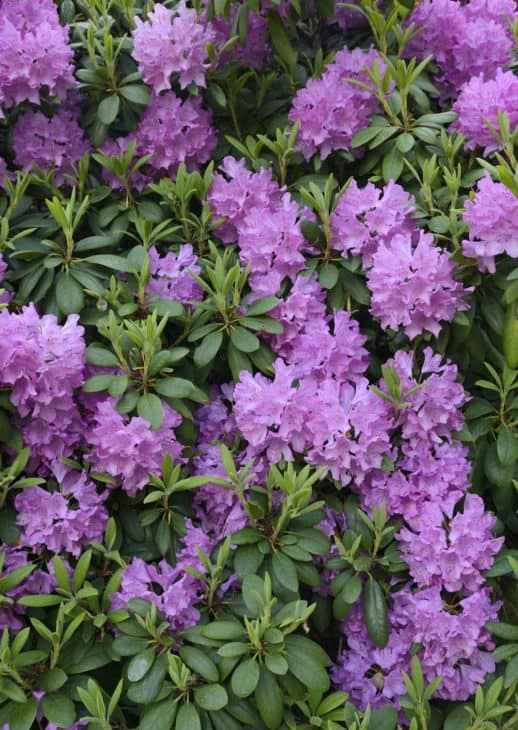
Rhododendrons, the state flower of West Virginia, are especially common in the Blue Ridge Mountains and Great Smoky. The toxin is present in the entire plant, but particularly the leaves. Consumption of this plant causes gastrointestinal discomfort, bleeding, secondary respiratory infections, and, on rare occasions, renal tubular injury and minor liver damage.
8. Caladium (Caladium x Hortulanum)
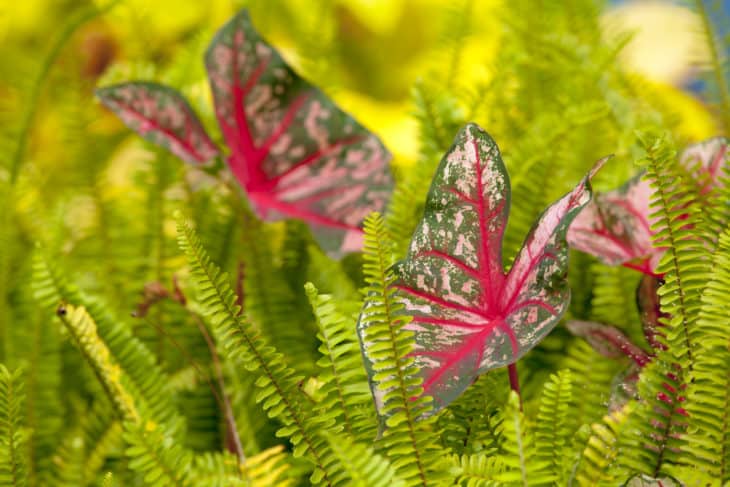
This plant has a main spike filled with florets as little as an ant’s beak, and a variety of colors can be found on the heart-shaped leaves, which have pronounced veins. Chewing or swallowing any part of the plant can cause a burning sensation, profuse salivation, and inflammation of the mouth, lips, throat, and tongue. Dermatitis, burning, and itching have been reported in those who have come into contact with the sap.
9. Bush Honeysuckles (Lonicera Maackii)
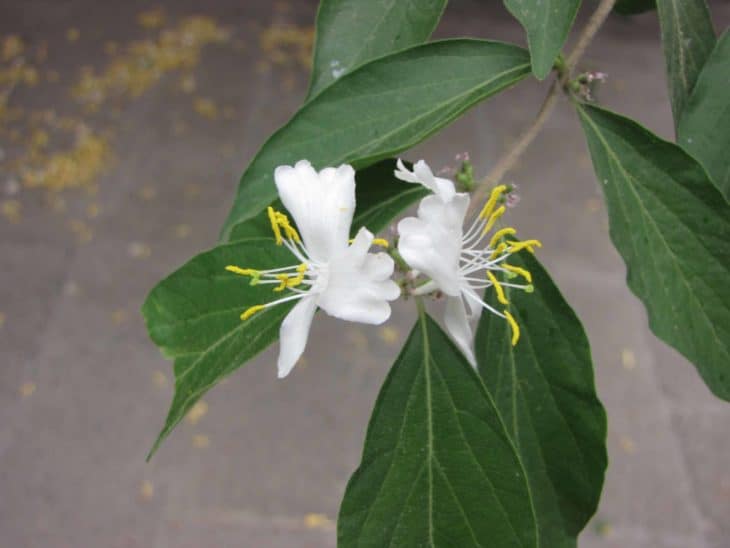
The thick leaves of these plants prevent sunlight penetration on the forest floor, inhibiting the establishment of young plants and trees that might otherwise provide better shelter for birds and other forest creatures. If you consume too much honeysuckle, you may experience nausea, vomiting, diarrhea, and a fast heartbeat. In the most severe circumstances, people have gone into a coma or died.
10. European Privet (Ligustrum Vulgare)
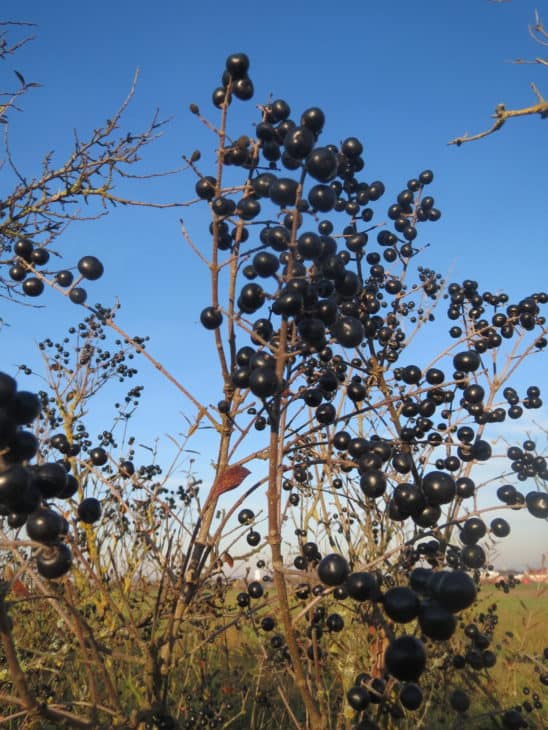
Privet is widely grown as an attractive shrub or hedge in gardens and landscapes. The petals, leaves, or fruits of this shrub are hazardous to humans, and those who consume them may get moderate poisoning symptoms. The most common side effects linked with privet ingestion are vomiting and diarrhea, which are both potentially fatal. Stomach distress might last anywhere between 48 and 72 hours.
11. Japanese Barberry (Berberis Thunbergii)
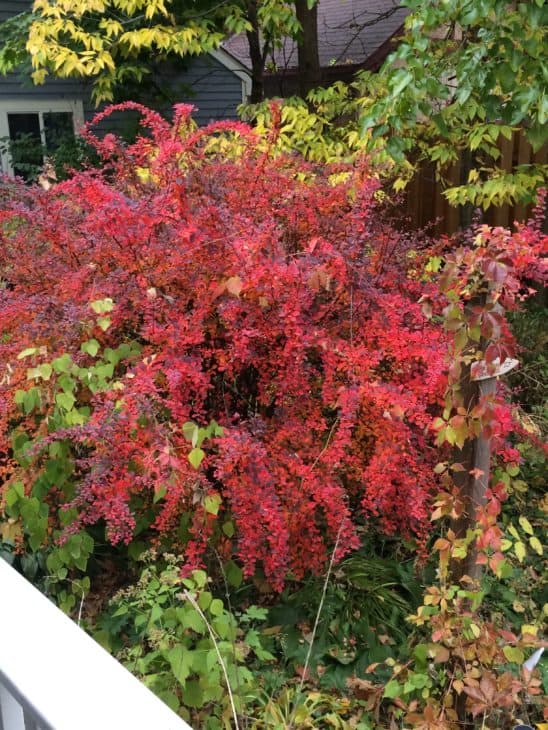
Researchers discovered that barberry plants are hazardous at levels of three. Consumption of any part of this plant can produce moderate depression, vomiting, and diarrhea in those who are sensitive to its toxins. Several dried Barberries are toxic in their natural state. It serves as a shelter for ticks, which are carriers of the bacterium that causes Lyme disease to thrive.
12. Larkspur (Delphinium)
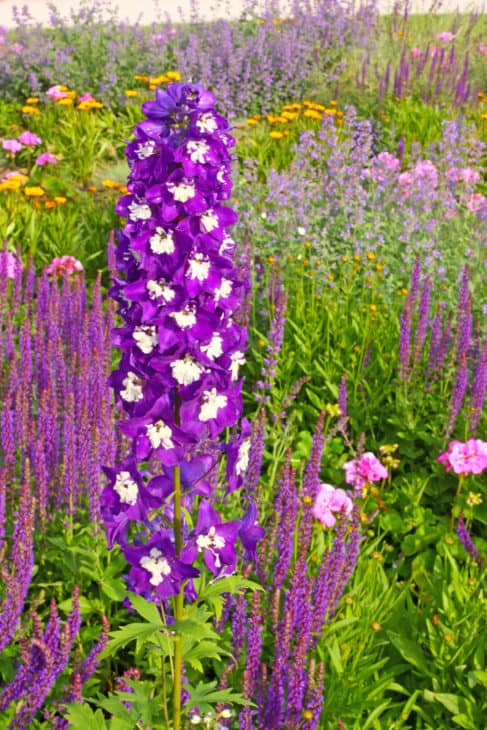
Due to the fact that larkspur is very appealing to cattle, it is assumed that cattle may suffer losses when permitted to pasture larkspur-infested rangelands, particularly when the plant is numerous or grows in big, dense areas. Symptoms of Larkspur poisoning include nausea, vomiting, bloating, salivation, nervousness, muscular twitching, rapid pulse and weakness, and staggering in animals.
13. White Baneberry (Actaea Pachypoda)
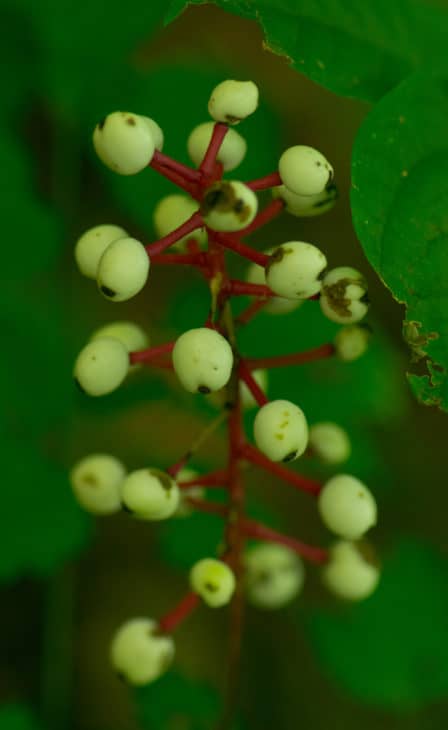
The stems and fruits of baneberry are the most deadly components of the plant, but all parts of the plant are toxic. Because the berries are extremely bitter, it is unlikely that anyone would consume enough to have a serious reaction to their system. The following symptoms may occur if the substance is ingested: stomach pains, vertigo, diarrhea, vomiting, psychosis, and cardiac failure.
14. White Snakeroot (Ageratina Altissima)
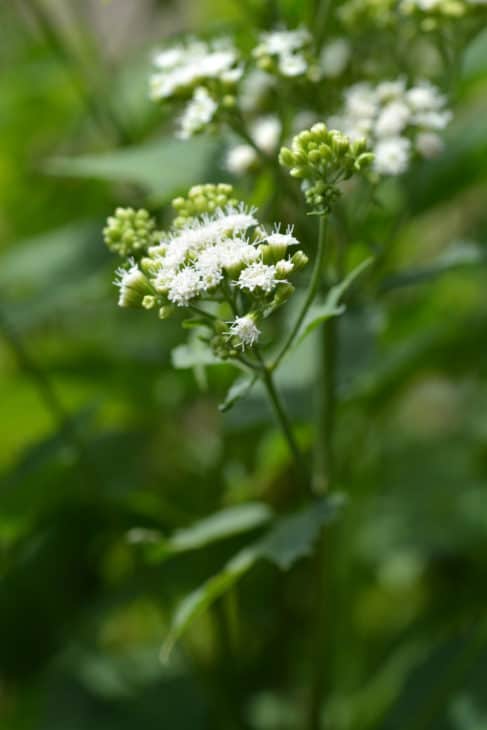
All types of woodlands and rivers in wooded meadows throughout the Midwest are home to white snakeroot. White snakeroot can kill an animal if it is ingested in big doses or over a lengthy period of time. The animal sickness known as trembles is brought on by consuming little amounts over an extended period of time.

